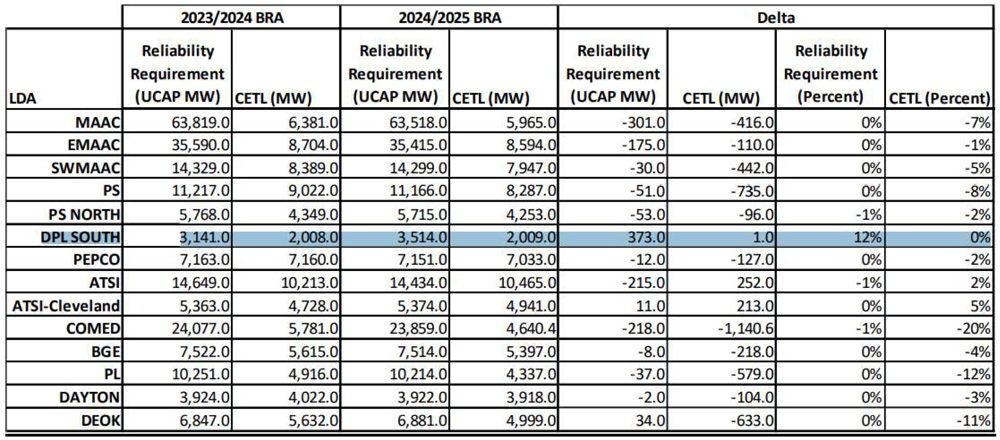Energy leaders in Arizona and Nevada have partnered on a clean hydrogen hub proposal, with advocates saying the states’ proximity to California, their copper and lithium mining, and the presence of salt caverns make them a good candidate for federal funding.
The Center for an Arizona Carbon-Neutral Economy at Arizona State University is collaborating with partners including the Nevada Governor’s Office of Energy and the Navajo Nation on the hub, called the Southwest Clean Hydrogen Innovation Network (SHINe).
SHINe submitted a concept paper to the U.S. Department of Energy in November seeking $1 billion in federal funding through the agency’s $7 billion clean hydrogen hub program, according to Ellen Stechel, executive director of the Center for an Arizona Carbon-Neutral Economy. DOE is planning to fund six to 10 hydrogen hubs.
Applicants now expect to hear any day whether the DOE will encourage them to send in full proposals, which will be due on April 7.
Abundant Sunshine
Stechel said that with the abundant sunshine in the two states, green hydrogen — made from electrolysis of water using renewable energy — could account for much of the hydrogen produced in the hub.
Arizona is also home to the Palo Verde Generating Station, the nation’s largest nuclear energy facility, raising the possibility of producing so-called pink hydrogen. Arizona Public Service (APS) and Salt River Project (SRP) are part owners of Palo Verde, and both are participants in SHINe.
Another feature of Arizona — its salt caverns — could contribute to the hub by providing space for large-scale hydrogen storage, Stechel said in an interview with NetZero Insider.
SHINe would help meet demand for hydrogen in California, a neighbor to both states.
One partner in the SHINe hub is Air Liquide, which in May opened a $250 million liquid hydrogen production and logistics infrastructure facility in North Las Vegas. The plant is the company’s largest liquid hydrogen production site in the world.
“The facility was built to meet the renewable hydrogen demands of the burgeoning California mobility market with the capacity to fuel more than 40,000 fuel cell vehicles, thereby eliminating concerns around fuel supply reliability and allowing this market to develop more quickly,” the company said in a fact sheet.
The hub could also meet growing demand for hydrogen in Arizona and Nevada. For example, the Regional Transportation Commission of Southern Nevada, a SHINe partner, is acquiring hydrogen fuel cell buses as part of its transition to a zero-emission fleet.
Arizona and Nevada play a role in transportation electrification through their lithium and copper mines. Demand is surging for both metals, which are used in electric vehicles. Arizona is the top copper-producing state in the U.S.
Stechel said a hydrogen hub has the potential to decarbonize mining operations in the states.
Industry, Utility Partners
SHINe includes more than 40 members. On the utility side, Tucson Electric Power and Southwest Gas are participants in addition to APS and SRP.
In addition to Arizona State University, academic partners are Northern Arizona University, the University of Arizona and the University of Nevada, Las Vegas.
Industry partners include Phoenix-based Nikola, which designs and manufactures battery-electric and hydrogen-fueled vehicles as well as hydrogen station infrastructure. The company announced in August three Southern California locations for its hydrogen-fueling stations, including a site serving the Port of Long Beach.
“California is a launch market for Nikola, and these stations will support key customers and advance the state’s efforts to decarbonize the transport sector,” the company said in a release.
In Nevada, the Governor’s Office of Energy was “happy to support the initiative,” GOE Director David Bobzien said. More details of Nevada’s involvement in SHINe will be worked out under the administration of incoming governor Joe Lombardo, said Bobzien, who is resigning from GOE effective Jan. 2.
“Since the passage of the Infrastructure Investment and Jobs Act, hydrogen has been an important area of interest, especially considering Air Liquide’s investments in southern Nevada and exploration of hydrogen applications in medium- and heavy-duty clean transportation and long-term storage benefitting the grid,” Bobzien said in a statement provided to NetZero Insider.







